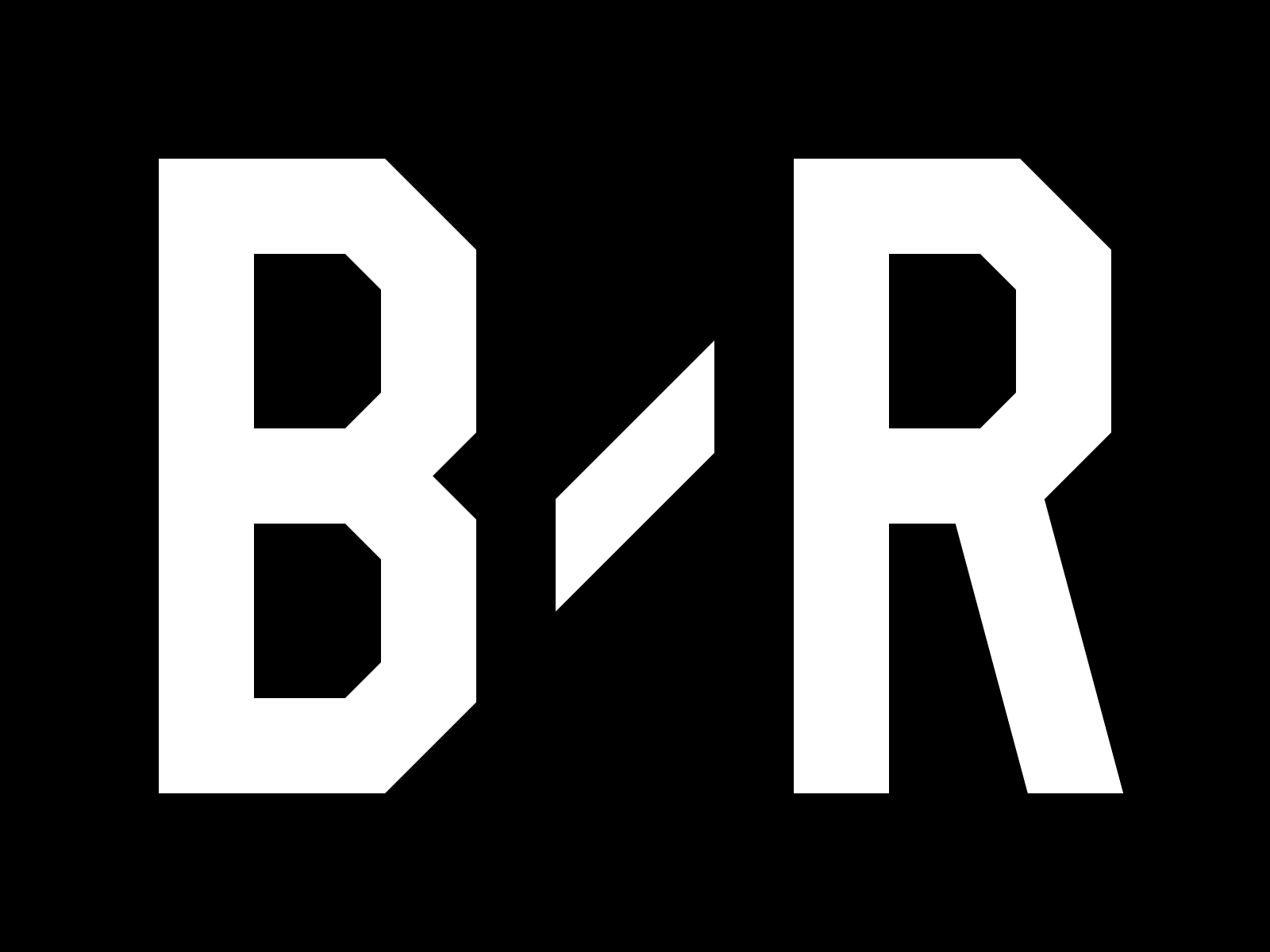If the NFL isn't careful, the offseason is going to become as difficult to understand as what is or isn't a catch.
The new collective bargaining agreement signed in 2011 has plenty of enhancements from the old deal, but it makes the entire offseason process extremely rigid and convoluted. Much of that has to do with trade-offs the league made in order to extract the money it wanted from the players' piece of the proverbial pie.
Since 2011, this new landscape has changed the way teams treat something as innocuous as minicamp and has amplified the importance of any chance teams can meet together under the coaches' supervision.
This year is no different, as the minicamps have given way to some major storylines.
What Are Mandatory Minicamps?

In the CBA, Article 22 takes on the subject of minicamps.
In that article—spanning the length of two pages—the CBA talks about how many minicamps a team can run, when it can run them and all of the little minutia that governs the way teams operate the camps. It even mandates the taping of the minicamps and keeping that tape around for 30 days in case any players lodge a complaint that the aforementioned rules were broken.
What are those rules?
Minicamps are part of "Phase 3" of the three-part offseason process. Phase 1 is just strength and conditioning, while Phase 2 allows offenses and defenses to practice together, but not against one another.
Pads are not to be worn at any part of the offseason training program, but Phase 3 (minicamps) does allow helmets to be worn and plays to be installed in "live" offense vs. defense situations, albeit with no live contact involved.
In addition to these mandatory minicamps, Phase 3 includes voluntary organized team activities (OTAs) as well as an extra veteran camp if the team has hired a new head coach.
This, of course, is all meant to gently wean players into the action of training camp. It's also a stark departure from the "good old days" when offseasons were free-for-alls of teams deciding to do whatever they wanted in terms of training, whenever they wanted to do it.
The three phases of the new CBA's offseason guidelines are a codification of changes that had been taking place for decades.
So, in a minicamp, teams can put their offense and defense on the field at the same time, but in a non-padded capacity. That precludes them from running any sort of contact drill, and the CBA lays out some specifics:
No live contact is permitted. No one-on-one offense vs. defense drills are permitted (i.e., no offensive
linemen vs. defensive linemen pass rush or pass protection drills, no wide receivers vs. defensive backs bump-and-run drills, and no one-on-one special teams drills involving both offense and defense are permitted
Under Section 3 of Article 22, the CBA also outlines that practices or other team activities cannot last more than 10 hours a day and on-field work can only last three-and-a-half hours per day with practices maxing out at two-and-a-half per session. Nothing can start before 7 a.m. or end after 8:30 p.m., and players must be given time for lunch and dinner (provided by the team, of course—along with per diem and travel expenses).
The minicamp begins with a physical on Monday (but no practices) and on-field work Tuesday through Thursday with a day off on Friday. Only two of those three days can be of the "two-a-day" variety.
This is not your high school's offseason lifting program, and coach Herman Boone isn't running any players through Gettysburg at the crack of dawn. No, this is a business—a multibillion-dollar business—and many of these changes have come to give players some semblance of an offseason that some used to be denied.
Perhaps most importantly for those players is that the minicamps are protected team activities from a health and safety standpoint. Even without contact, accidents happen. Players run into each other. Knees buckle at sharp angles.
If a player is injured during minicamps, that player is protected the same as during training camp. Don't be fooled, though—while player safety is important for the players, it's also important to the teams. No team wants its players to go down to injury at this point in the offseason, and both sides have learned to emphasize the learning aspect of this section of the offseason.
What Are Coaches and Players Looking to Accomplish?
Understanding everything the teams can't do during mandatory minicamp, what are they actually looking for?
A few weeks ago, I took a broader look at what teams are expecting from all offseason workouts and I boiled it down to: attendance, defining roles and fitness. Specifically to mandatory minicamps—and to all of Phase 3—the coaching staff is trying to install plays to perfection against air.
This is the section of the offseason that coaches do not want to do without.
Sure, strength and cardio are important facets of the game, but there's a good reason why those are voluntary and why many veteran players refrain from attending part or all of those sessions. Many players—especially veterans—have extremely well-tailored workout regimens that go far beyond what teams may do.
Teams may want their players at every single team event, yes, but offensive and defensive coaches want players who don't have to think out on the field and perfection at a minicamp (even when the opponent isn't going full-steam) is a huge step toward that.
Players, for the most part, are looking to get paid.
Sorry if that's a little cynical, but not only are workout bonuses usually tied to attendance at a percentage of all offseason activities, but the mandatory minicamps also carry penalties when players decide to skip for whatever reason.
For those scoring at home, that's not only a carrot to attend these practices, but also a mighty big financial stick.
From a less-financially inclined standpoint, players don't want to be left out in the cold in these mandatory minicamps. Jobs are scarce in the NFL, and there are another round of cuts just around the corner.
This leads, sadly, to players competing harder than they should—or, frankly, than their bodies are prepared for. Players without pads often risk contact that isn't allowed because that's the way to get the attention of the coaching staff.
Something along these lines was recounted to The Baltimore Sun's Aaron Wilson by Baltimore Ravens defensive coordinator Dean Pees about receiver Steve Smith and his "edge":
It consists primarily of making sure they didn't anger the feisty five-time Pro Bowl wide receiver.
"The first thing I told the [defensive backs] is, 'Look, don't get him mad,'" Pees said Tuesday following organized team activities. "He plays a lot harder when he's mad. Leave him alone, let sleeping dogs lie. He's a heck of a player. He's made some grabs out here. He's a tough guy. He's everything advertised. I'm glad he's on our team."
That edge of Smith's is a playing mentality that has always carried over to the practice field as well. That's great! That's what fans, coaches, personnel guys and teammates want out of Smith. That's the culture. That's the expectation. It's part of what makes Smith great—especially this late in his career.
Take a step back, though, and realize that the edge Smith (and many other players) bring to the field may be what has always been wanted, but it is antithetical to where the league is headed. "Edge" may still be valuable, but if anyone crosses the line, it becomes exactly what this CBA is trying to avoid.
It goes back to one of the most important things that teams and players are looking for from the entirety of the offseason—health.
In many respects, everything over the next couple of weeks needs to be held up to that standard. Players should be in attendance and getting better. Roles are going to be defined through competition. Most importantly, though, the vast majority of players and coaches are hoping that they can get through the next couple of weeks as a better team rather than one scrambling following a significant injury.
Top Mandatory Minicamp Storylines for 2014
In San Francisco, tight end Vernon Davis is holding out for a new contract. While Davis has been well-paid over the course of his career, the major guaranteed money on his contract has run out. Yes, he was one of the highest-paid tight ends in the game, but If Davis were to step on to the practice field and be injured, the 49ers could cut him without any real repercussions.
Financially speaking, NFL contracts are hardly worth the paper they're printed on, and it's been like that for years. Davis would like to be a member of the 49ers for the long haul; he just wants to make sure he's also protecting himself financially.
If you have a problem with that, you better find the same outrage every single time a team fails to honor a contract by cutting a player.
Meanwhile, down in Houston, Texans wide receiver Andre Johnson is potentially holding out for other reasons. Johnson will be 33 when the 2014 season begins, and he's hardly in the mood for a rebuilding offense. It's a new scheme and a unit that failed to add a viable option at quarterback, so he's got a point.
There's a slim chance the Texans could deal Johnson, but he's far more likely to eventually come around. No "Herschel Walker"-type deal is going to materialize, and he's more valuable to keep in the fold.
Detroit Lions wide receiver Calvin Johnson is recovering from numerous lingering injuries, but he's far more happy with his new offensive system and teammates than Andre. Not only has Johnson looked like his dominant self as of late, he's benefiting from a coaching staff and system that are focusing on more consistency from the quarterback system.
Cleveland Browns quarterback Johnny Manziel is making plenty of headlines off the field, but he's also making an impact on it. He's already situated himself as the No. 2 QB for what is sure to be an exciting training camp battle. Brian Hoyer is in the catbird seat right now because he knows the offense, but when the kid gloves come off, it will be difficult to ignore Manziel's playmaking potential.
Michael Schottey is an NFL National Lead Writer for Bleacher Report and a member of the Pro Football Writers of America. Find more of his stuff on his archive page and follow him on Twitter.



Read 0 Comments
Download the app for comments Get the B/R app to join the conversation